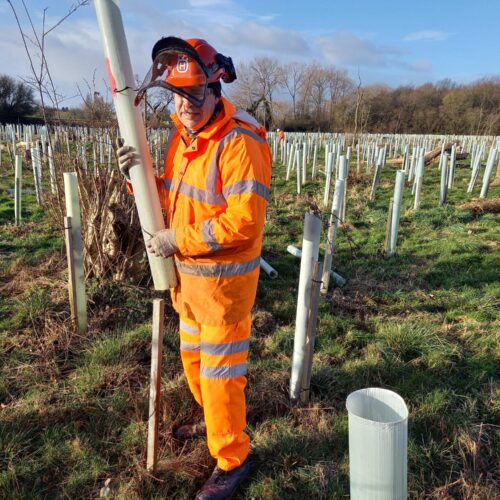Natural England has introduced four new policies with the aim of revolutionising the way it issues licences, providing significant benefits for both wildlife and licence applicants.
It is hoped that the policies will result in the law focussing on protecting populations, rather than individual species which have little chance of thriving in the long term. The aim is for investments to focus on bigger, better and more joined-up habitat for wildlife, ensuring a better future for the protected species in the long term.
Natural England sought views from planners, developers, ecologists, and environmental organisations. The outcome of the responses were compiled in a report which you can view here.
The policies are
- Greater flexibility when excluding and relocating European Protected Species (EPS) from development sites
- Greater flexibility in the location of newly created habitats that compensate for habitats that will be lost
- Allowing EPS to have access to temporary habitats that will be developed at a later date
- Appropriate and relevant surveys where the impacts of development can be confidently Predicted.
The policies will result in a smoother, quicker and cheaper process for those who require a wildlife licence. In return, greater investment in the creation and enhancement of wildlife habitat will be made. For example, the first new policy will remove the need for relocation and exclusion of protected species, providing there is adequate provision to create or enhance the habitat. The new policies will also allow protected species to access brownfield sites, providing that there is a management plan in place. Until now, policy has encouraged licence applicants to keep wildlife out of these areas, but in fact, this type of land can be very suitable for wildlife.
Following approval by Defra ministers, the new licensing policies are being formally adopted.











